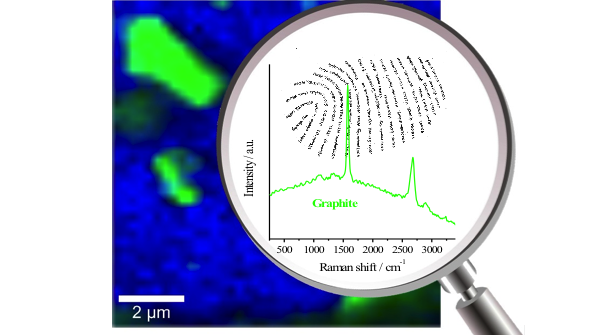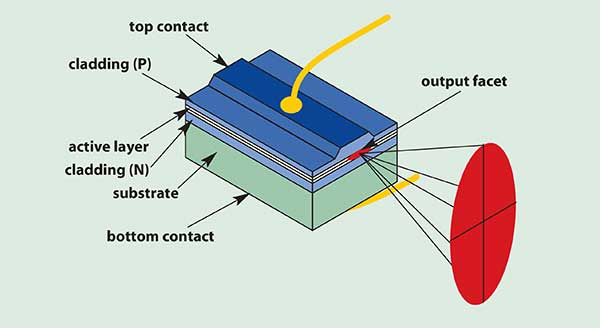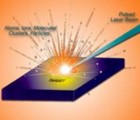What Laser to use for TOF-MS
Mass spectrometry is an extremely powerful analytical tool for chemical analysis, which is widely utilized in applications ranging from forensics to pharmaceuticals, because of its ability to detect the atomic constituents of an analyte but also determine their relative concentrations. This process is facilitated by ionizing the sample and then passing it through both an electric and a magnetic field causing them to spread out based upon their at… Read More
























